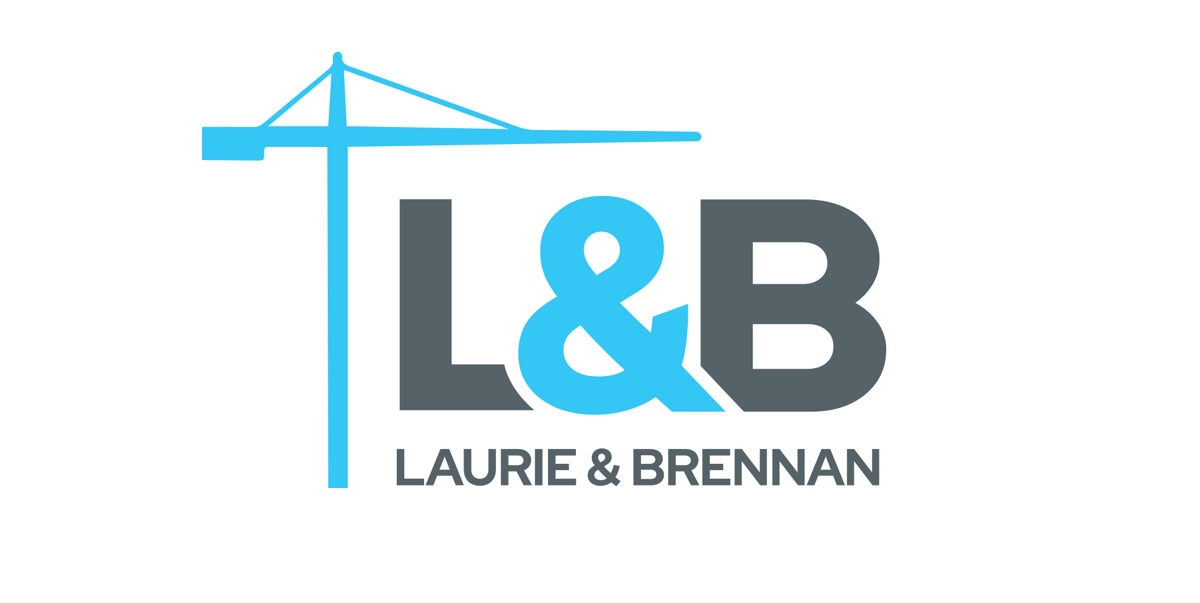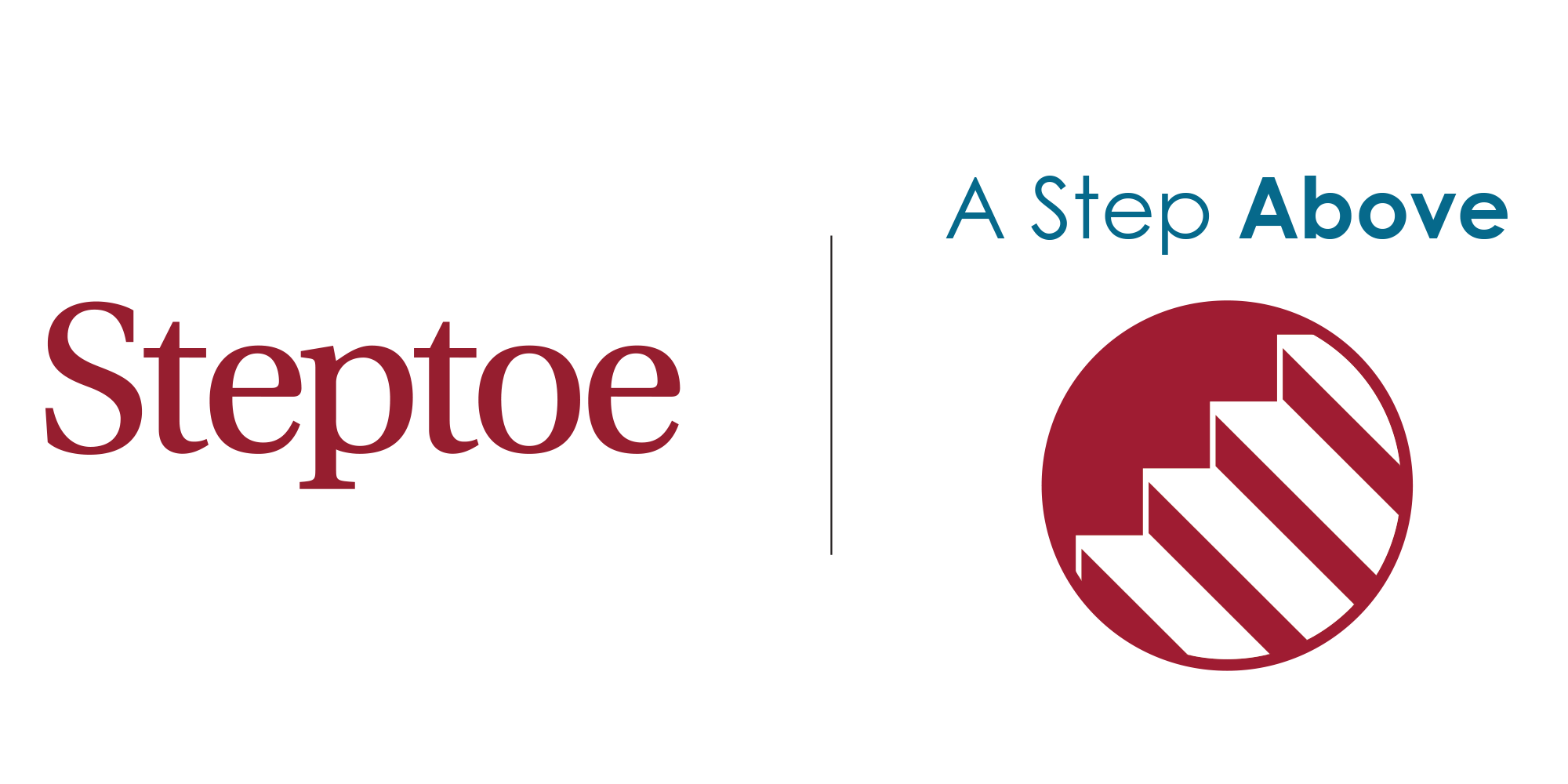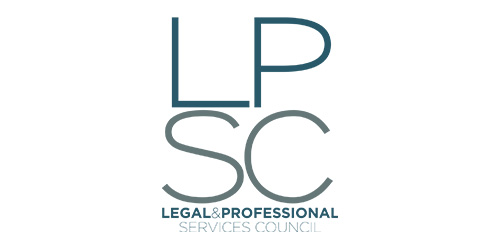Brand Building in 15 Minutes: Marketing a New Legal Practice Webinar
Builden Partners’ Founder Jocelyn Brumbaugh and Marketing Operations Manager Devon Pine share insights on the best marketing and business development strategies to use when launching a new legal practice group or industry team in the latest installment of Brand Building in 15 Minutes.
In the presentation “Marketing a New Legal Practice,” Jocelyn and Devon shared the importance of finding a niche practice and provided useful tips for how to do so. They also outlined a step-by-step guide newly developed practice groups can use to implement sustainable marketing outreach.
Watch the full webinar here:
Builden is changing the way law firms think about marketing by turning random acts of marketing into strategies that drive business development. Our seasoned team of legal marketers help firms of all sizes better engage with clients, prospects and talent.
Enjoy insights and best practices for law firm marketing? Sign up for our newsletter here.













